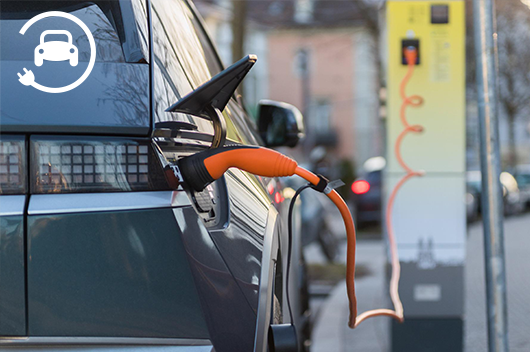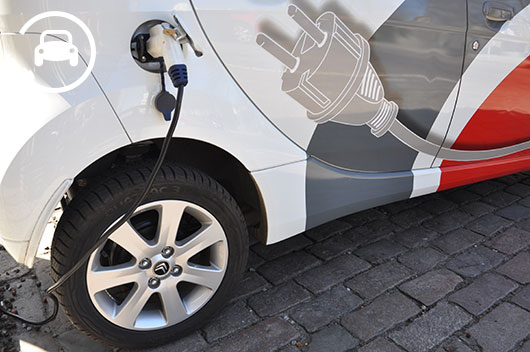E-mobility: Implications for the distribution grid

To sufficiently address the climate crisis, all sectors must achieve net zero emissions. In the transport sector, electrification is the fastest and most efficient way to realise this goal. Efforts in the transport sector are being made to accelerate the integration of electric mobility (e-mobility) into the grid as the global energy system is facing fundamental changes. Namely, the increasing share of volatile renewable energy as part of the power mix requires grid flexibility and reliability.
Electric vehicle (EV) batteries can offer this flexibility to grid operators, and this can facilitate the integration of renewable energy sources. While the integration of e-mobility into the transport sector presents challenges for grid operators, it also offers great opportunities. Grid operators should be aware of these challenges and opportunities, so that they can act quickly and efficiently.
This course is designed to address these key topics and issues by covering the most important aspects of e-mobility, charging infrastructure, and the integration of electric vehicles (EVs) into the electric grid as well as their implications for grid operators.
The topics covered are:
- Introduction to e-mobility
- Charging infrastructure
- Grid integration of e-mobility challenges and opportunities
- Charging strategies
- Differences between urban and rural areas
- Recommended courses of action for system operators
Receive a reminder one week before the registration deadline.
Learning objectives:
After completing this course, participants will be able to:
- describe how an electric drivetrain works and what types of charging infrastructures are necessary for different applications;
- recognise the challenges and opportunities associated with the integration of electric vehicles (EVs) into the grid;
- differentiate between rural and urban mobility in terms of their implications for the grid; and
- actively support the integration of electric vehicles (EVs) into the grid.
Start Date: 1 July 2022
Duration: 4 weeks
Study time: Approximately 25 hours
Course language: English
Detailed course description: A detailed course description is available for download here.
E-learning platform: Access the demo course on our e-learning platform.
Price:
Contact
Cintia Guerrero
Online Academy Manager
Tel:+49 30 587 08 70 03
Email: onlineacademy(at)renac.de
*incl. 19% German VAT
Highlights
- Flexibility to study at any time and from any location
- Contact with learning facilitators
- Moderated discussion forum for students
- Multimedia learning materials
- Self-assessments
- RENAC certificate upon successful completion of the course
- We offer discounts for our alumni, group bookings, and multiple purchases. Contact us for further details.
____________________________________________________________________________________
Contact
Cintia Guerrero
Online Academy Manager
Tel:+49 30 587 08 70 03
Email: onlineacademy(at)renac.de

















